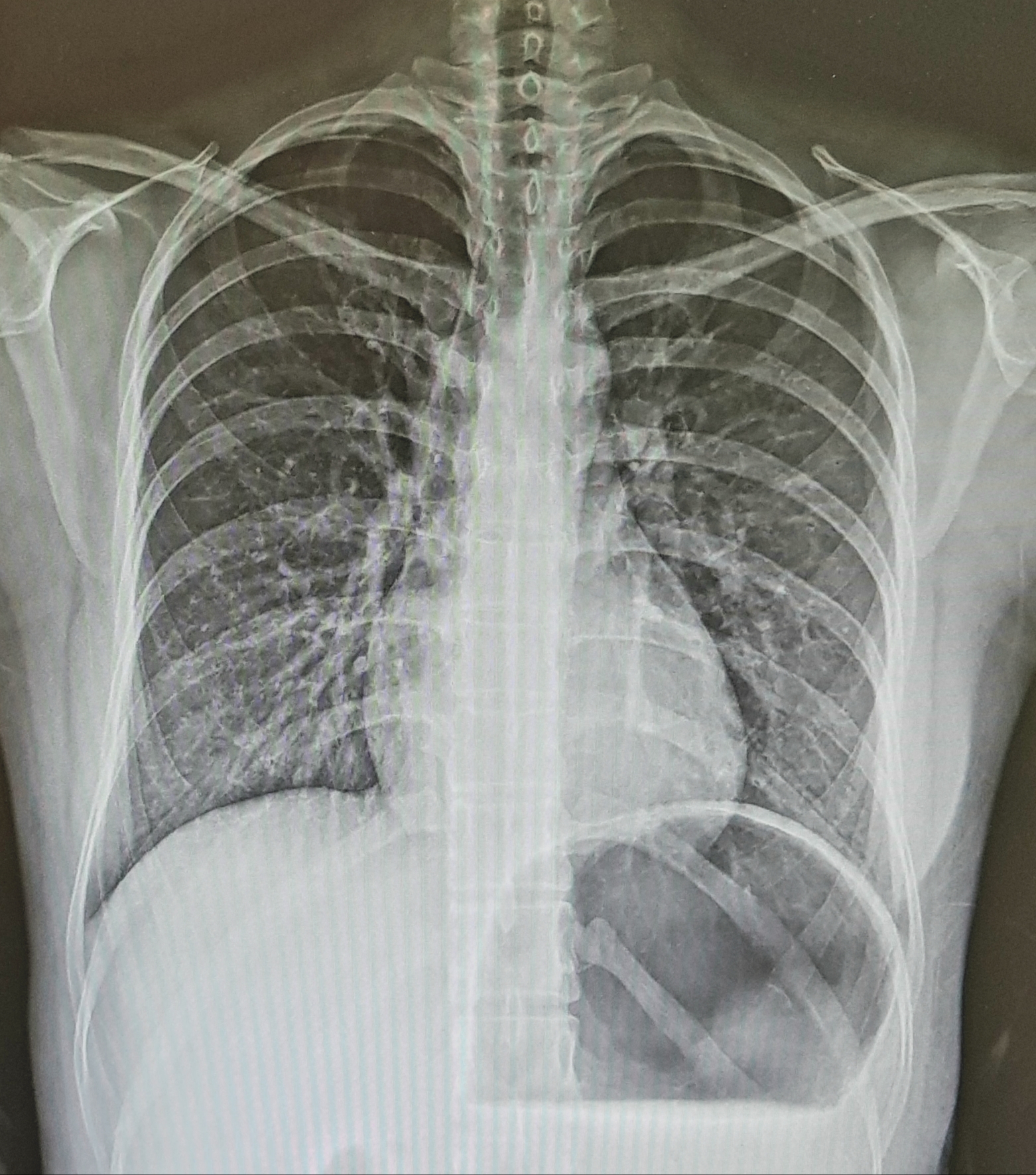| 일 | 월 | 화 | 수 | 목 | 금 | 토 |
|---|---|---|---|---|---|---|
| 1 | 2 | 3 | ||||
| 4 | 5 | 6 | 7 | 8 | 9 | 10 |
| 11 | 12 | 13 | 14 | 15 | 16 | 17 |
| 18 | 19 | 20 | 21 | 22 | 23 | 24 |
| 25 | 26 | 27 | 28 | 29 | 30 | 31 |
- MRI 영상변수
- T2WI
- aliasing artifact
- T2 이완
- MRI gantry
- T1강조영상
- T1WI
- 자기공명혈관조영술
- fast spin echo
- MRI image parameters
- slice gap
- T2강조영상
- FSE
- K-space
- ECG gating
- TR TE
- 방사선사나라
- MR angiography
- fractional echo
- 사전포화펄스
- saturation pulse
- tof
- wrap around artifact
- 동위상 탈위상
- radiographer nara
- receive bandwidth
- chemical shift artifact
- saturation band
- no phase wrap
- MRA
- Today
- Total
방사선사나라 Radiographer Nara
[MRI] (영/한) Image parameter(2) - FA, NEX / 영상변수(2) - 숙임각, 여기횟수 본문
[MRI] (영/한) Image parameter(2) - FA, NEX / 영상변수(2) - 숙임각, 여기횟수
SEONARA 2020. 4. 8. 10:39(영어/영문/English)
3. FA (Flip Angle)
It means how much angle the longitudinal magnetization component is changed with the RF pulse in the gradient echo image.
In the gradient echo image, the longitudinal magnetization component is converted to the transverse magnetization component at an angle between 1º and 90º using RF pulses.
The smaller the FA, the closer it is to the T2 weighted image, and the larger it is, the closer it is to the T1 weighted image. In addition, the FA between the T1 weighted image and the T2 weighted image represents the effect of the proton density weighted image.
The size of the FA is determined by the size of the RF pulse and the time to give the RF pulse.
In general, the larger the FA, the better the SNR and contrast.
4. NEX (Number of Excitation, NSA, Number of signal average)
It means how many times the image signal is repeatedly obtained in the same area to make one image.
When a signal is collected from any one point in the field of view (FOV), the signal always appears in the form of a frequency with mixed noise. If all conditions are the same and the signals of the same point are collected once again, the magnitude and phase of the signal are the same, but the magnitude and phase of the noise changes each time. When the two frequencies are added together, the noise does not increase in signal intensity due to the difference in frequency, but only the signals in the tissue have the same frequency, increasing the signal strength.
When the NEX is increased, the SNR of the image increases to √ of NEX and the image quality improves, but the scan time becomes longer.

by radiographer nara
(국어/국문/Korean)
3. 숙임각
경사에코영상에서 RF 펄스로 종자화 성분을 얼마만큼의 각도로 바꾸어 주는가를 의미
경사에코 영상에서는 RF 펄스를 사용하여 1~90º 사이의 각도로 종자화 성분을 횡자화 성분으로 바꾸어 준다.
숙임각이 작을수록 T2 강조영상에 가깝고, 클수록 T1 강조영상에 가깝게 된다. 그리고 T1 강조영상과 T2 강조영상 사이의 숙임각은 프로톤 밀도 강조영상의 효과를 나타낸다.
숙임각의 크기는 RF 펄스의 크기와 RF 펄스를 주는 시간에 의해 결정되며
일반적으로 숙임각이 클수록 SNR과 대조도는 향상된다.
4. 여기횟수
하나의 영상을 만들기 위해서 동일한 부위에서 영상신호를 몇 번 반복해서 얻는가를 의미
영상영역 내의 임의의 한 점으로부터 신호를 수집하면 이 신호 안에는 항상 잡음이 혼합되어 있는 주파수의 형태로 나타난다. 모든 조건을 동일하게 하고 같은 점의 신호를 다시 한 번 수집하면 신호의 크기와 위상은 동일하지만 잡음의 크기와 위상은 매번 변하게 된다. 두 주파수를 합해주면 잡음은 주파수의 차이로 인해서 신호강도가 증가하지 않고 조직의 신호만 주파수가 동일하여 신호강도가 증가한다.
여기횟수를 증가시키면 영상의 SNR은 NEX의 √로 증가하고 화질이 향상되지만 촬영시간이 길어진다.
- 방사선사나라




